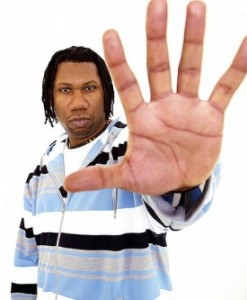
By Odeisel
After surviving and persevering beyond the death of mentor Scott la Rock, KRS-1 had carried on the Boogie Down Productions legacy for years, continuing with younger brother DJ Kenny Parker, ICU, beat-boxer D-Nice, and Miss Melody. A strong of critically acclaimed, yet commercially middling albums allowed Parker to build upon his no-nonsense persona as the Teacha of Hip-Hop.
KRS stood at the forefront of both the Stop The Violence and the H.E.A.L. (Human Education Against Lies) movements, both taking a humanist approach to dealing with the problems of the urban community via the Hip-Hop vehicle. But even with this, KRS was not beyond controversy. There was a near run-in with Ice Cube over the line “Some rappers are heaven sent..cause self destruction don’t pay the f***kin rent.” There was near beef with the late great Professor X over the line “got no time to be hanging out with humanists.” Then there were calls of hypocrite when KRS threw pop rapper Prince Be of the group PM Dawn from the stage. In general however, the Blastmaster carried the torch for Scott and the BDP crew as far as he could.
But what happens when you want to stretch your wings? What happens when perhaps the legacy becomes a cross, rather than a flag? Would dissociation be disrespectful? How would this be seen in the public forum? Parker decided to test those waters and commenced the second half of his career under his own name. With Return of The Boom Bap, the emcee put Hip-Hop on notice that not only was he getting better with time, but that he was ready to handle the next era of Hip-Hop, where the edge was harder, the content grimier, and the production was more complex than the sparse, minimalist BDP production.
The Return. Back to the beginning. Back to the hardcore. A return to aggression, over politics. KRS began to flex new styles on wax and create as an emcee. Riding shotgun was another Hip-Hopper who began to spread his wings outside of his own group on the production side, DJ Premier. Premier did almost half the album and showed not only his versatility and range as a producer, but also his understanding of the moment and the emcee which led to future work with mainstream giants Nas, Biggie, and Jay-z.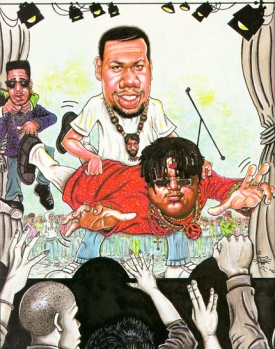
To complement the versatility on the boards, KRS reached a level of emceeing he had not previously reached within the confines of the BDP straight jacket. The raw energy of the Showbiz produced “Sound of the Police” was an exercise in frenetic pacing; showcasing a booming KRS handling the frenetic beat with ease. It was a stark contrast with the reggae-chat stylings of “Black Cop.” Songs like “Can’t Wake Up” find KRS at his creative best, rhyming as a blunt being smoked, while incorporating all the major acts at the time into the song. With the political and social commitments of BDP, such a song may not have been as well-received under the old paradigm.
From there KRS refined his solo style with the incredibly ill self-titled KRS-ONE album. The album features classic Hip-Hop songs like “MC’s Act Like They Don’t Know” and creatively adventurous songs like “Hold” which featured as many derivations, manipulations, and interpolations of the word hold than you would ever imagine. The Teacha never fully left the building, but the Blastmaster became the dominant personality and his music reflected it.
As Hip-Hop neared the mid 90’s, it got a bit glossy. The much ballyhooed shiny suit era, ushered in by Bad Boy impresario Sean “Puff Daddy” Combs had made the music, to many, a fashion show. People took sides as to what was “real” Hip-Hop, and what was rap music, a line of demarcation once drawn in song by the Blastmaster himself. It was in this environment that KRS dropped I Got Next. KRS brought the entire discussion back to center with the majestic “The MC.” The surprise of the album however, was the draping of the boom-bap with the shiny suit aesthetic on the Step Into A World remix which featured Combs. Although the song became a hit and a regular on mixtapes and parties for years to come, it was almost taboo at the time. Bad Boy had come to symbolize selling out and as perhaps the most high-profile practitioner of “real Hip-Hop,” KRS took a risk with that alliance.
Moves like that have come to categorize the career of Lawrence Krisna Parker. Going left when everyone else goes right. From being fearless in the face of controversy whether it’s taking on the Juice Crew, to making statements regarding the September 11th tragedy, to taking artistic and creative risks, Blastmaster KRS-One has always stood resolute as perhaps Hip-Hop’s staunchest apostle; even going as far as establishing a Temple of Hip-Hop.
His growth and development before our eyes has created blueprints for many eras of this music. 50 Cent’s fiery entrance to stardom through beef, Immortal Technique/dead prez’ revolutionary rhymes, Jay-z’s Blueprint, and hundreds of MC’s trying to invent new styles and flows and contributing to the movement of this culture can all be traced on some level to KRS’s musical precedent.
When they close the book on this, there will be footnotes, there will be pages and there will be paragraphs representing the many MC’s that have been a part of this. Many eras will have been represented. But there will be one who will get a whole chapter that will chronicle his participation and leadership through our darkest and brightest hours. Even then, KRS will still be number one. Hip-Hop forever ya’ll. Peace
Celebrate Black Music Month 2009 With Planet Ill
Follow Us on Twitter @ http://twitter.com/planetill
Follow Odeisel on Twitter @ http://twitter.com/odeisel
Join Us on the Planet Ill Facebook Group for more discussion

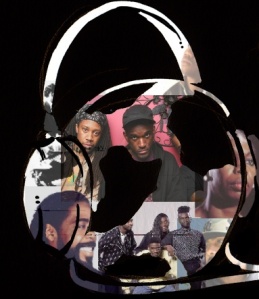
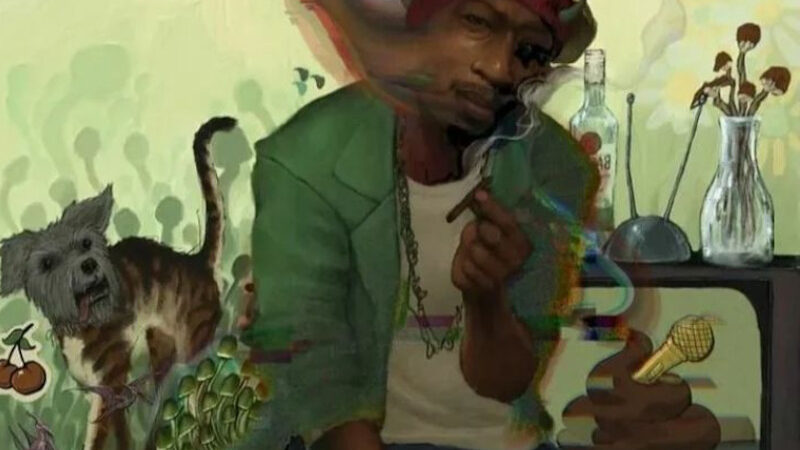

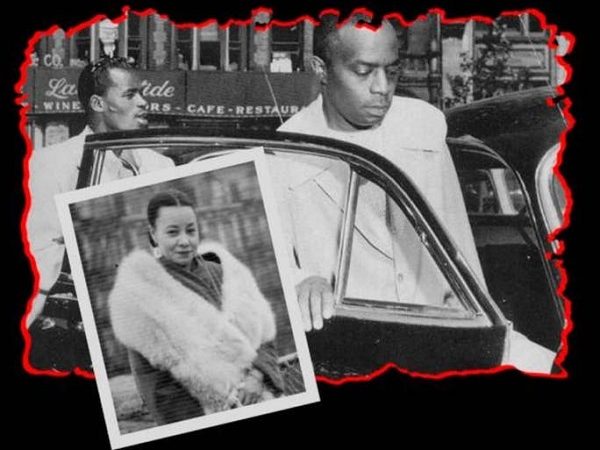

2 thoughts on “Black Music Month 2009: KRS-ONE Part 2”